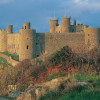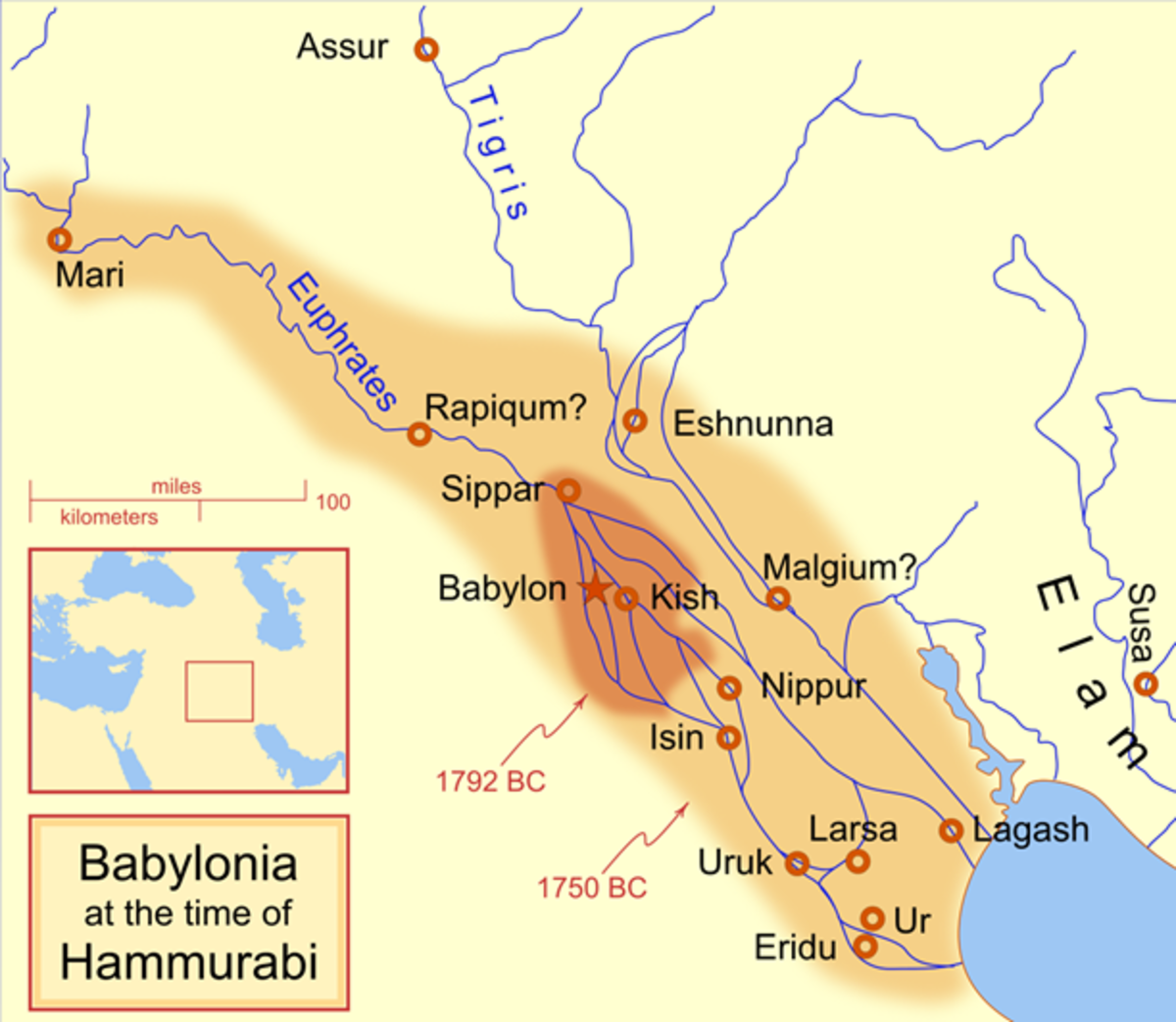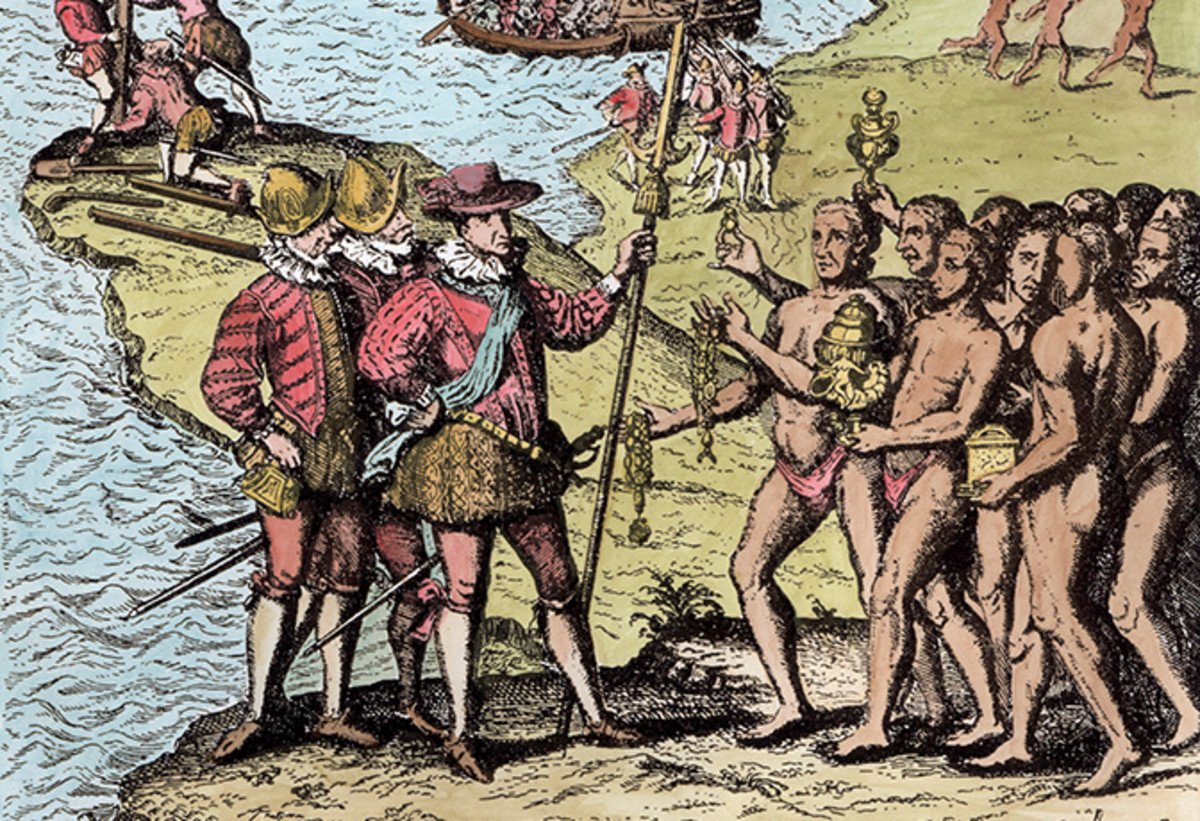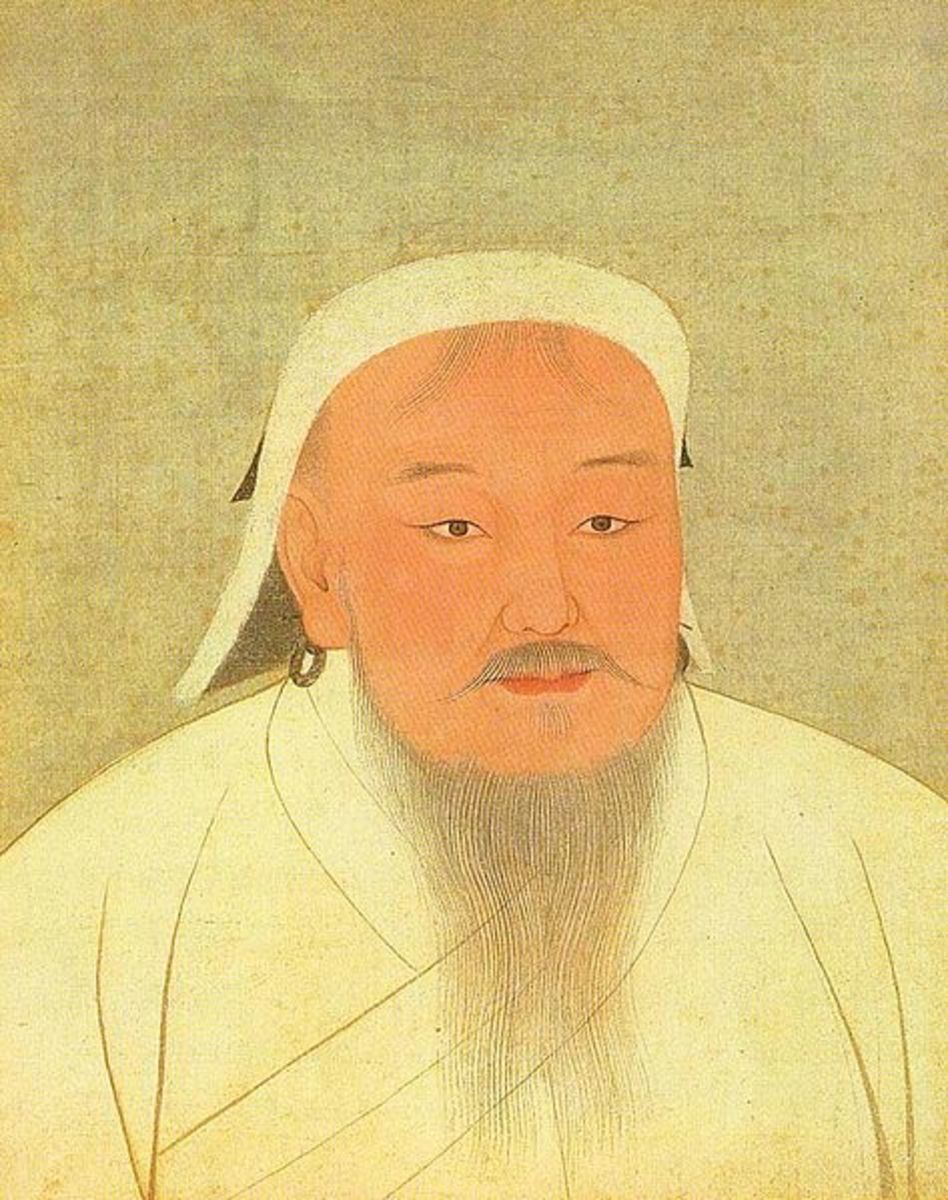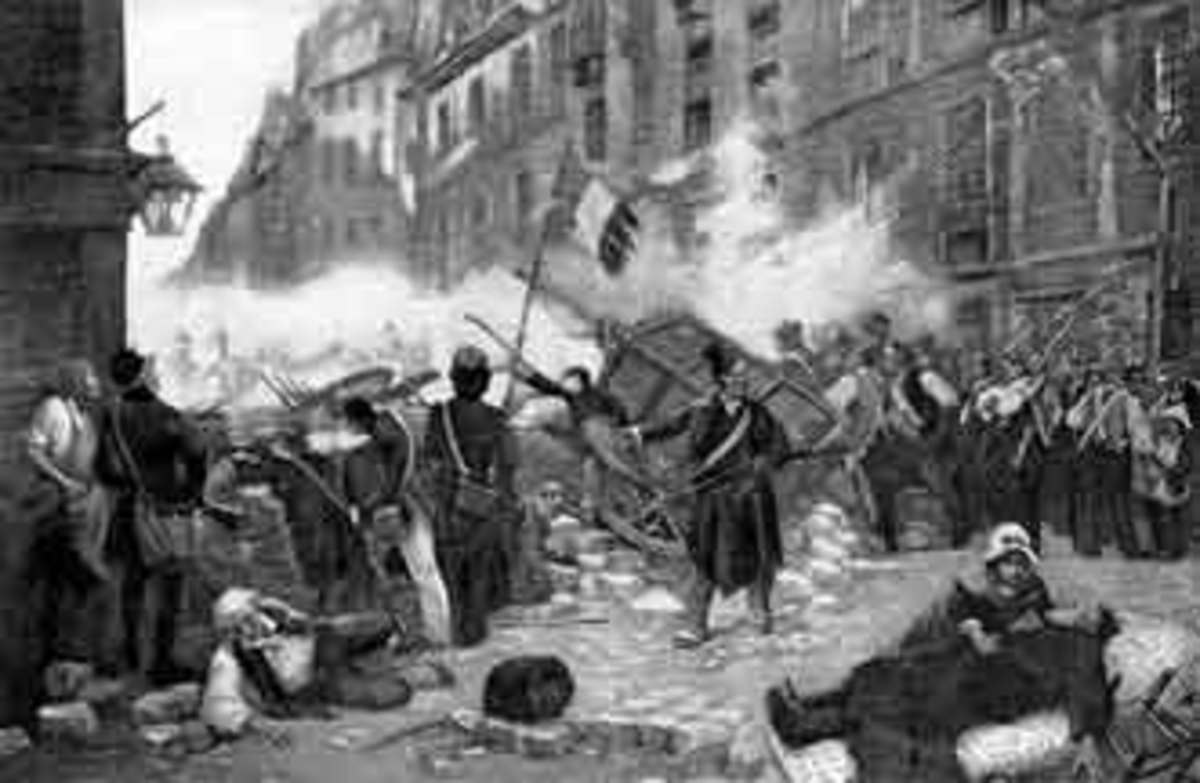Assyria- The Rise and Fall of an Empire
Hammurabi's Legacy
At the time of his death, Hammurabi, the sixth king of Babylon, had complete rule over the lands of Mesopotamia. The first few decades of his rule were peaceful, and during this period of respite from war, Hammurabi dedicated himself to the improvement of his capital in Babylon.
Walls were made higher for defense, temples were expanded, dams were built, and alliances with minor kingdoms were forged. He had imposed a set of laws, the "Code of Hammurabi," and his skills of leadership improved the administrative efficiency of his government.............. Hammurabi's Babylonwas powerful, wealthy, and well run. But for some reason none of his successors were able to maintain it, and before long invaders were knocking at the gates of his capital.
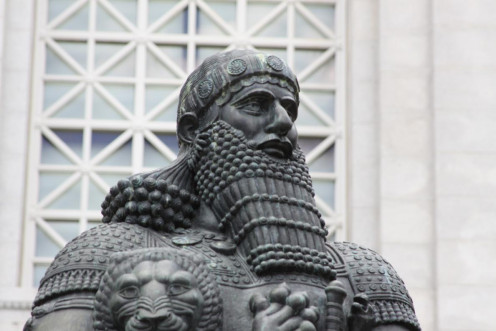
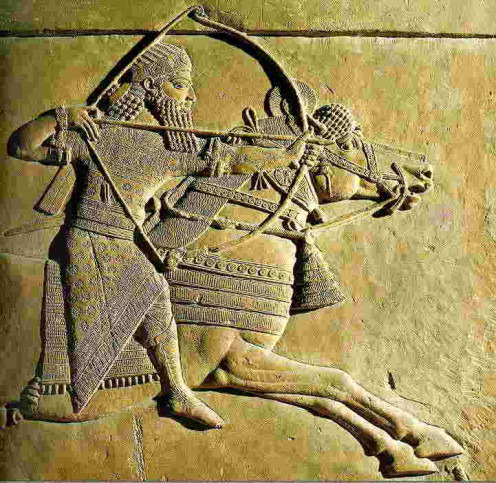
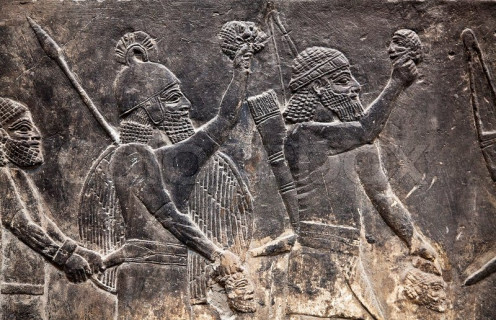
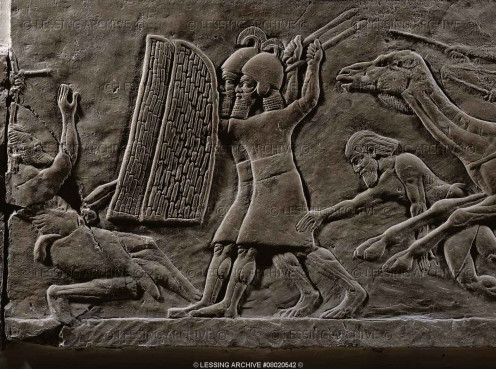
The Assyrians
After several centuries of turmoil, war, and invasion, Hammurabi's former empire returned once more to imperial rule. The Assyrian cities of Assur and Nineveh had been amongst the first to break away from Babylonian rule after Hammurabi's death. Improvements were made, armies were organized, and trade routes were established, and by 1300 B.C., Assyria had begun to gradually extend their control and authority over a very large portion of southwestern Asia.
Assyrian armies brought fear to the masses; no city was safe from invasion. Battering rams and wheeled towers were implemented to bring down the walls of protesting cities; horse drawn chariots were added to the cavalry units and soon became a staple of war. Because of this, battles were not only more ferocious, they were quicker and more efficient. Archers decimated their foes from these rapidly moving platforms, and those who survived soon found themselves vulnerable to the infantry and cavalry units that followed.
Assyrian forces were organized into units and commanded by professional soldiers. Attaining rank was not dependent on having political connections or having been born into the nobility. Assyria's military leaders were chosen based on performance, merit, skill, and bravery.
Prisoners were sometimes tortured, but most were taken captive and transported to growing cities as slaves. These conquered souls provided cheap labor for farmers and physical strength for building projects. Some prisoners actually escaped and returned to their homelands, but many embraced their lives in Assyria and eventually went on to start their own families and become citizens. Newly acquired skills afforded them job opportunities, family afforded them a sense of community, and citizenship gave them the right to vote.
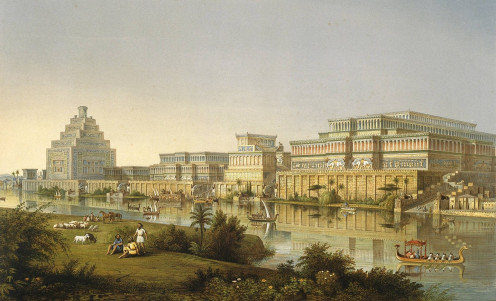
Ninevah
The Assyrians, like the majority of Mesopotamian peoples, relied heavily on the methods of administration their predecessors had implemented. Laws were similar to the Code of Hammurabi and literature was preserved in huge libraries.
The vast library established at King Assurbanipal's court housed literary and scholarly texts, as well as diplomatic correspondence and government records. One of the most important pieces of literature found among his texts was the Epic of Gilgamemsh, a true gift to those who have read it.
His palace was magnificent and luxurious, and the citizens of his empire shared in the wealth, enjoying a comfort never before known. That's not to say that all citizens were fat, happy and content. Many of the people living in regions outside of Nineveh and Assur found Assyrian rule less than desirable. Rulers frequently faced rebellion by their subjects over what was an enormous area. These rebellions soon became a challenge to the administration, and ultimately, the combination of unrest and its ensuing assaults caused the empire to crumble. By the year 612 B.C., the Assyrian Empire had ceased to exist.
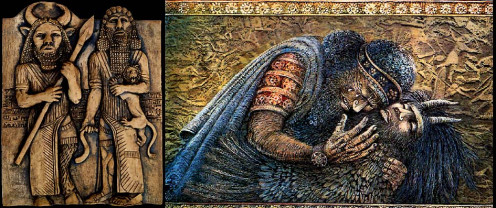
Many monuments have been discovered in the ruins of ancient Assyria; one such monument boasts the following inscription, commissioned by King Ashurnasipal to describe his army's conquest of a city;
"Their men, young and old, I took as prisoners. Of some I cut off the feet and hands; of others cut off the noses, ears, and lips; of the young men's ears I made a heap; of the old men's heads I built a minaret."
Sources
Hawlinson's "Five Great Monarchies" vol. 2, p85, note.
